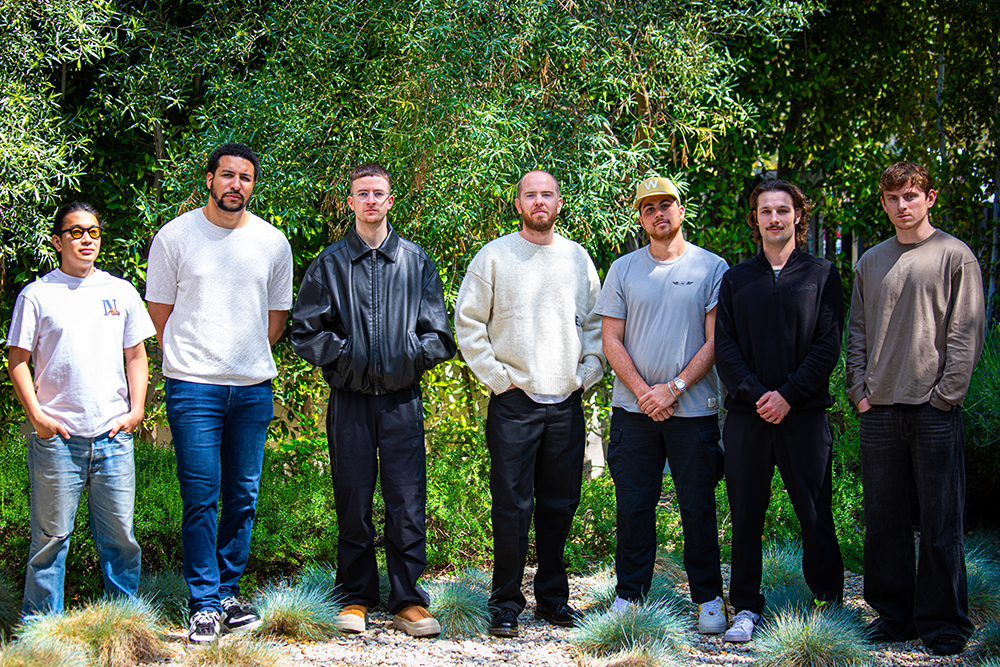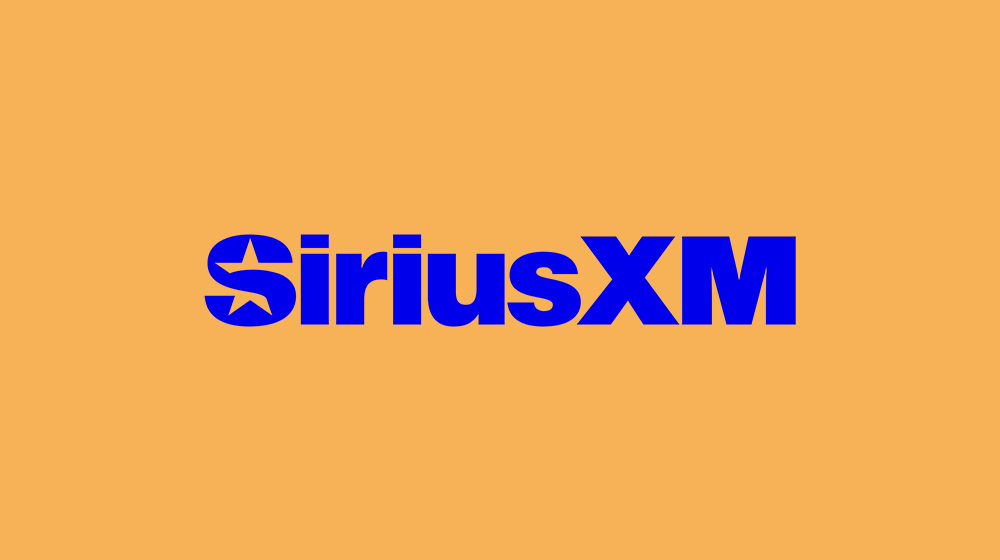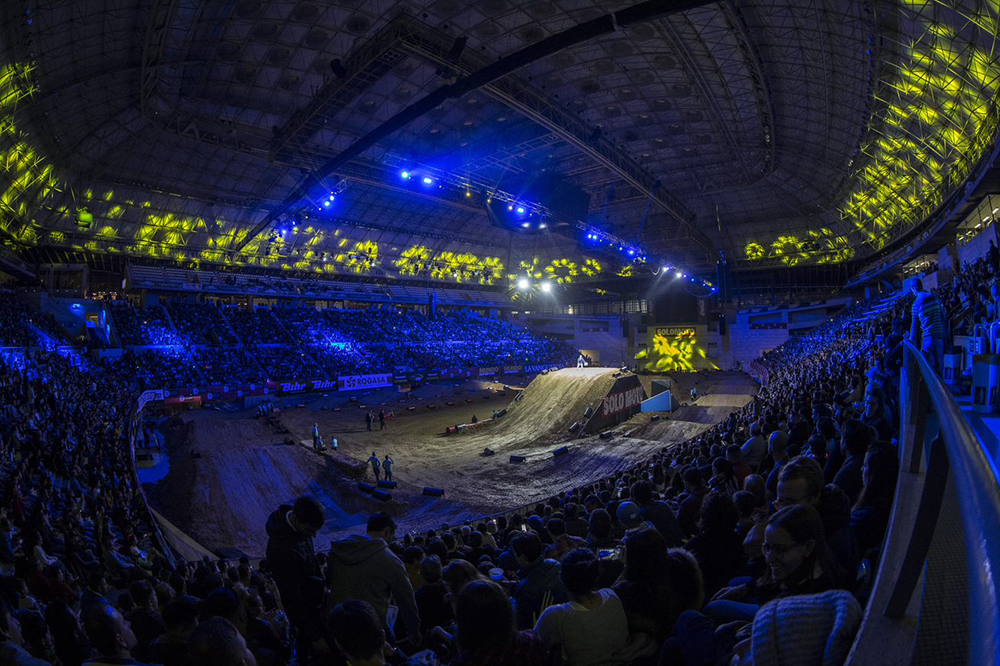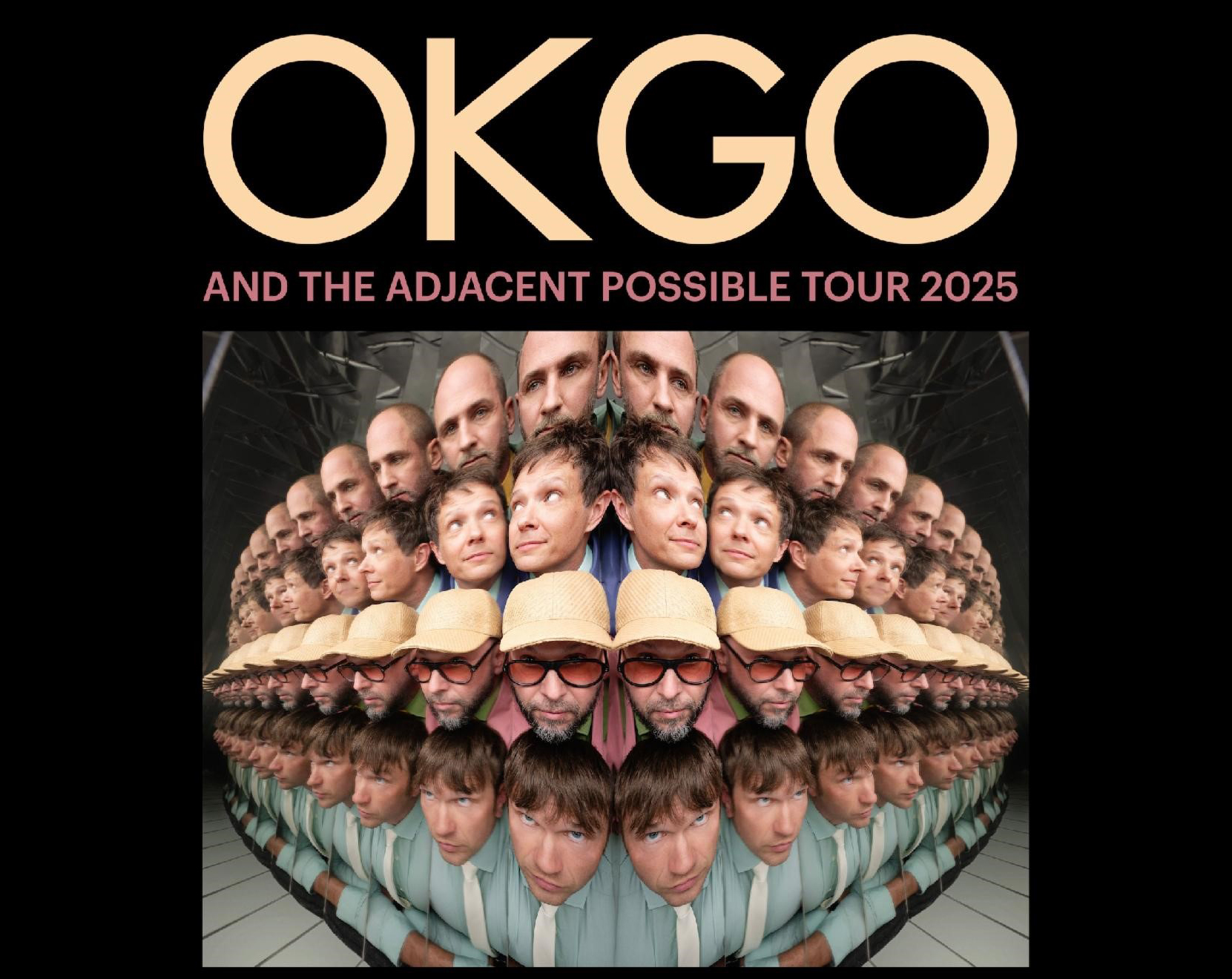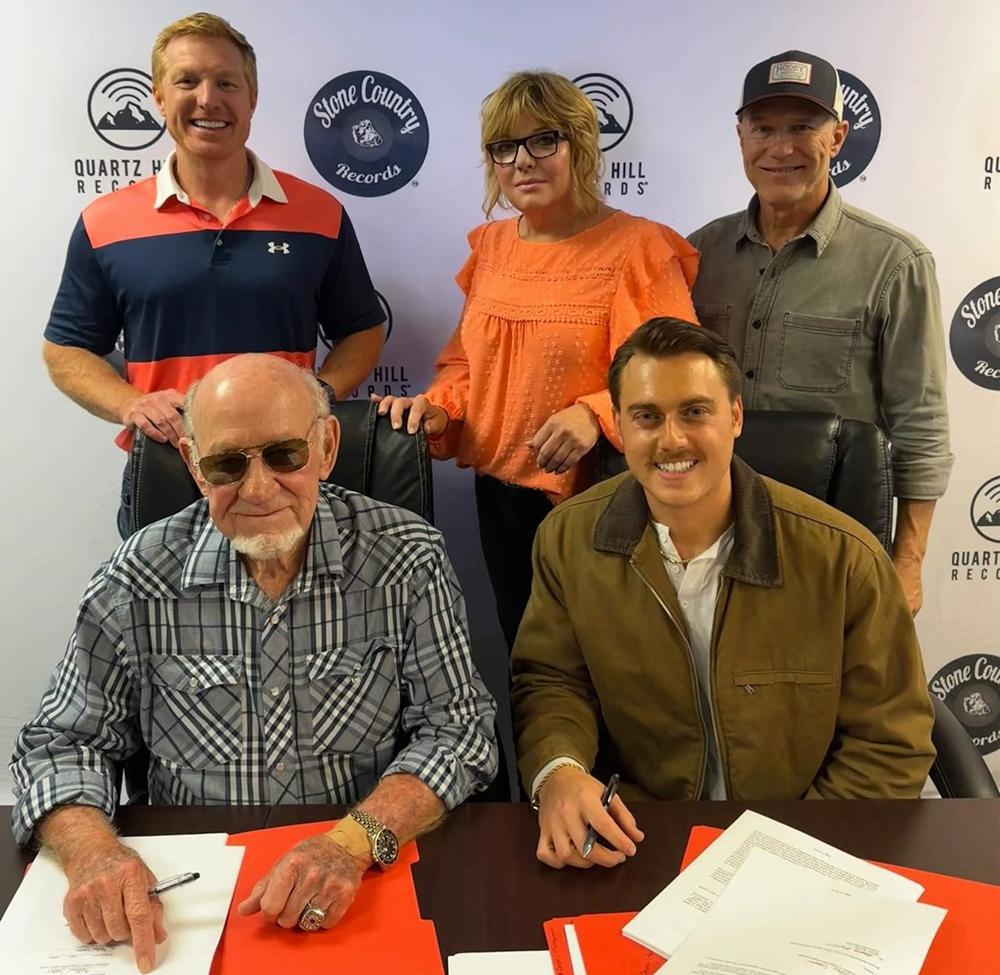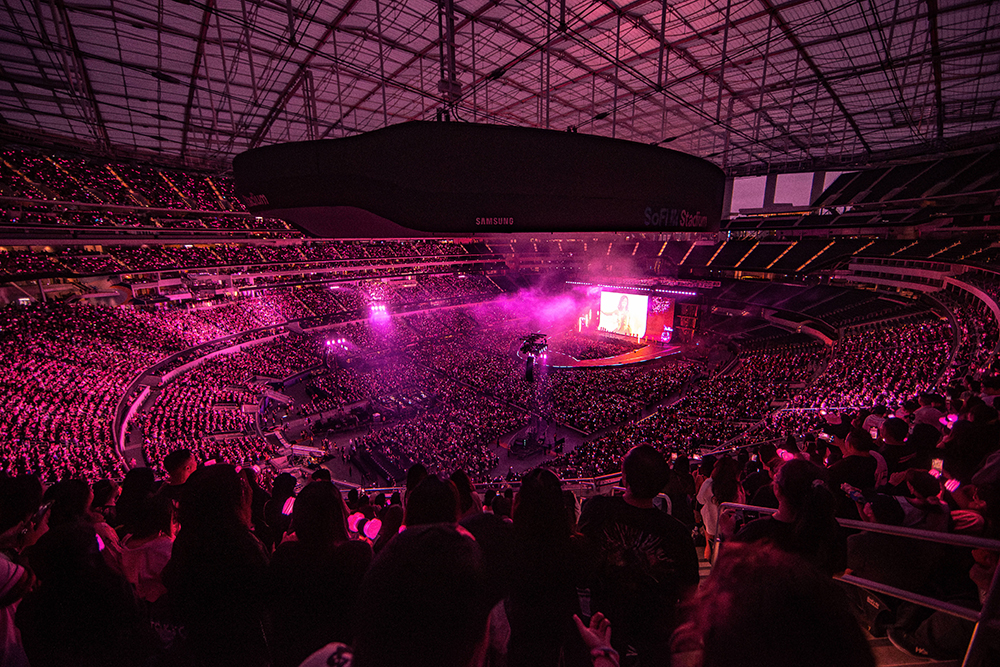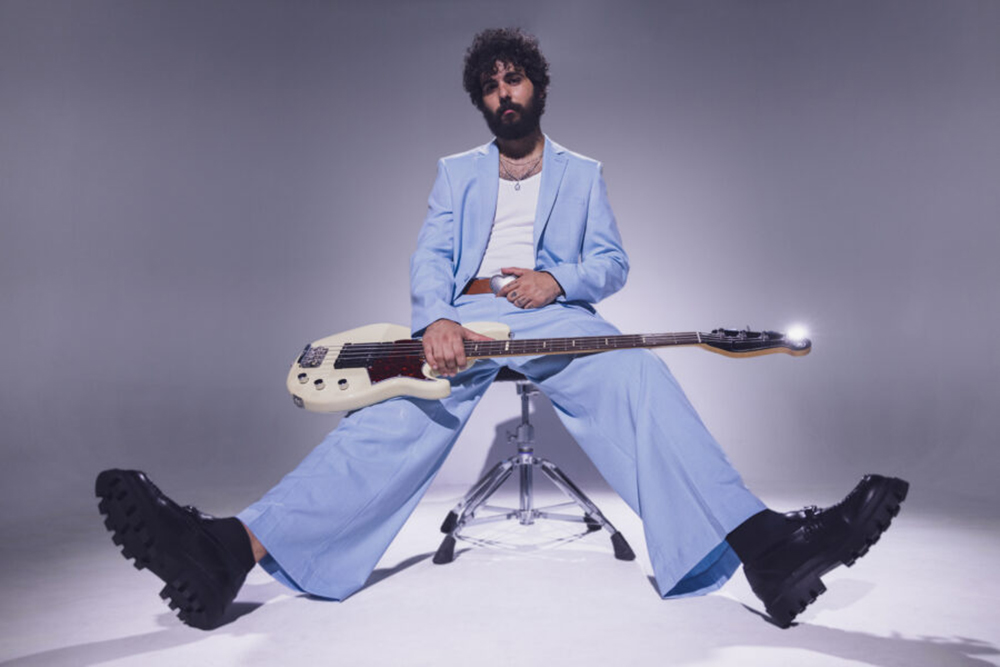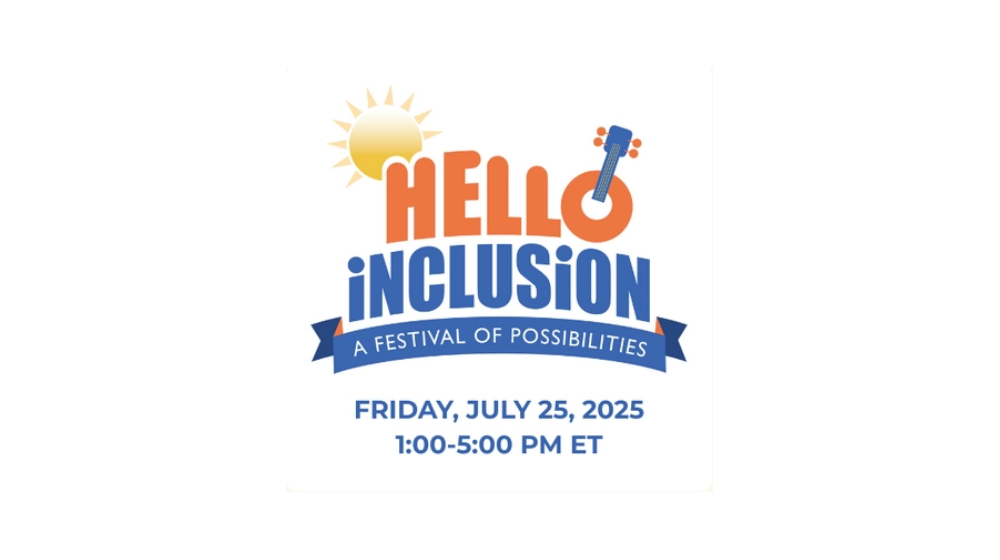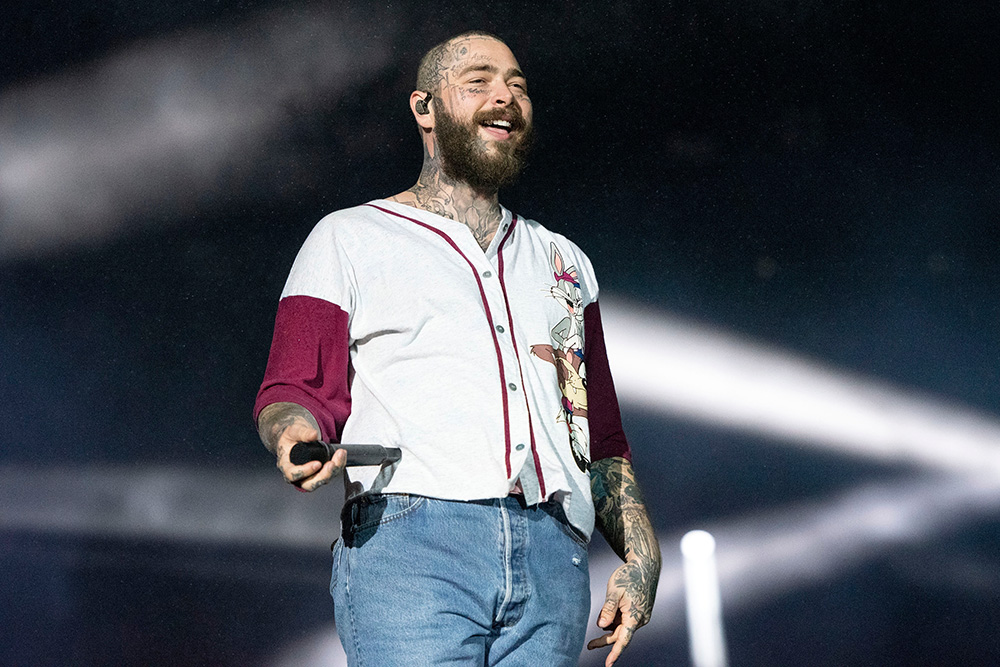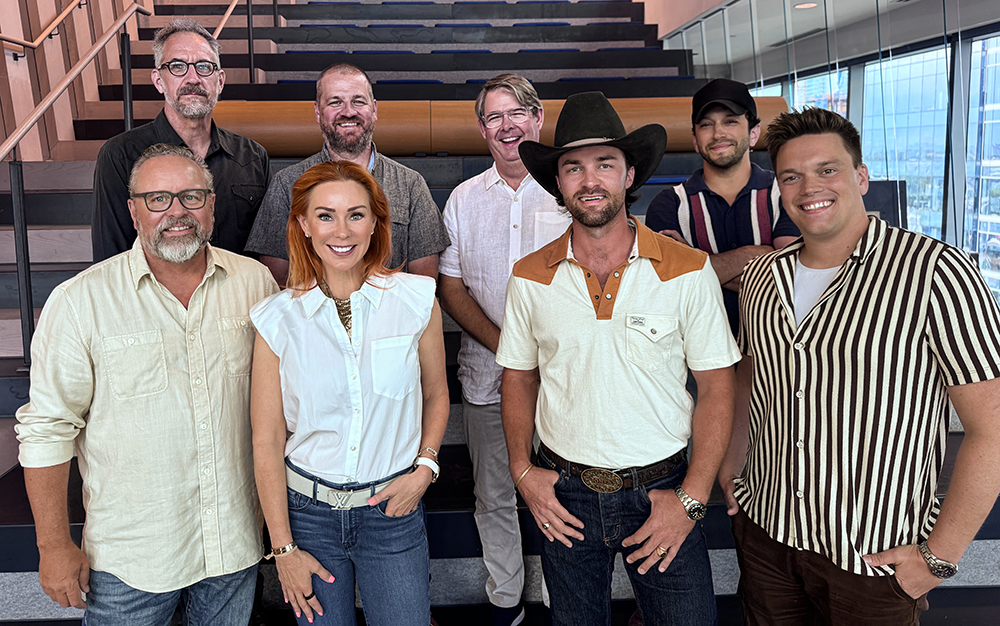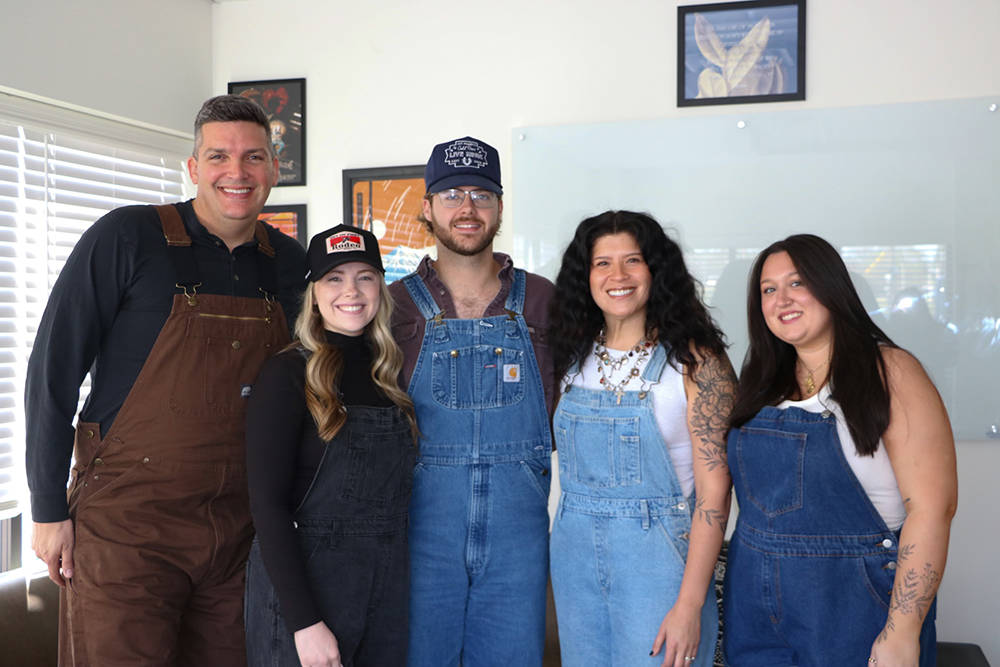SUNNYVALE, CA (Hypebot) — As part of their ongoing effort to mitigate the impacts of COVID-19 on the entertainment industry, Chartmetric here provides some data driven insights into live streaming and what’s working for artists.
Guest post by Jason Joven, Rutger Ansley Rosenborg and Michelle Yuen of Chartmetric
To help address the global music industry’s concerns about the COVID-19 pandemic, US-based music analytics company Chartmetric is continuously monitoring 2M+ artists across 20+ streaming and social media data sources.
We hope our data-driven analysis of COVID-19’s effects on music-related consumption helps artists, songwriters, labels, agencies, distributors, and other entertainment-related entities sustain and improve their well-being during these unprecedented times.
All data is collected, organized, and analyzed by Chartmetric. Analysis by Michelle Yuen, Rutger Ansley Rosenborg, and Jason Joven.
Key Takeaways
- If streaming and social media follower counts are the deciding factor, then live streams are now officially “cool” for popular artists, virtually guaranteeing same and/or following day increases.
- Live streams scheduled by artists from their own channels generated significant lift in follower growth.
- Artists making guest appearances on other artists’ live streams also saw meaningful engagement lifts, though perhaps not as substantial as consistent live streamers.
- Future analyses should monitor premier live stream appearances (e.g., Verzuz or Quarantine Radio) for a higher rate of daily follower gain beyond a few days after each event, to better understand their long-term impact.
- Once fan behavior adjusts to “expect” planned live streams, a potential residual effect of consistent live streaming is a reduction in non-live content consumption.
Coming Out of the Woodwork
With most areas of the world instituting some form of enforced or encouraged quarantine, the coronavirus pandemic has inadvertently thrust live streaming into the music industry spotlight. But now that hip-hop titans, pop stars, and metalheads are embracing live streaming full-force, a brief nod to live streaming’s history might help us better understand how to make sense of COVID-19’s new normal.
Live streaming’s origins are varied. For sports fans, ESPN Sports Zone broadcast the first sports live stream between the MLB’s Seattle Mariners and New York Yankees in 1995. For gamers, the moment came in 2011 when Internet Protocol Television (IPTV) technology became available, allowing Justin Kan’s Twitch platform to begin operations. For movie buffs, American filmmaker David Blair streamed his indie cult hit film Wax or the Discovery of Television Among the Bees from a VCR player into a digital stream in 1993.
That same year, Silicon Valley party band Severe Tire Damage put on the world’s first live streamed music performance, utilizing a technology called Mbone, which was then used for internet-focused video and audio meetings. In 1994, the band “opened” for the Rolling Stones, who decided to promote their upcoming per-per-view concert via the same live streaming technology, which was open to anyone who knew how to use it.
With some of the demanding technological requirements needed, and more importantly, the time and effort required for artists to actually do it,it’s worth consideringwhat the benefits of live streaming actually are for artists. The raw and revealing medium has been pushed to the forefront on Instagram, Facebook, TikTok, Twitch, and YouTube, and it’s all enough to make your head spin. But if it indeed helps artists build more engaged fanbases during COVID-19, then we’re all ears.
Methodology
Artists have been leading the way as the focal point in this new era of online performance. To develop a deeper understanding of how this previously ignored tool is evolving today’s music industry, we turn to artist-level data.
We first identified a range of live streaming artists, attempting to include performers of different genres and backgrounds. This was limited by cross-referencing the few artists who had enough of a following to analyze substantial change with those who had begun live streaming on a consistent schedule. This led to a fairly varied group of 12, which included popular stars like Miley Cyrus and Tory Lanez, as well as big catalog names like Metallica.
Given the small sample size, this analysis is limited to the case-study level, in the hopes that there may be individualized takeaways relevant to your particular sound, roster, or act.
We paired some live streaming artists with a comparable non-streaming “counterpart” (i.e., artists who were of similar genres but who had not been live streaming on a regular basis themselves), in order to isolate any potential effects of live streaming. For others, we simply compared similar artists who were both active in the medium.
We focus primarily on Instagram followers and YouTube subscribers as our metric for long-term fan engagement. With Stream Day “Zero” representing the first day an artist or their counterpart began live streaming, the negative and positive numbers to the left and right, respectively, show each performance day before and after.
Similar to Part 1 and Part 2 of our analysis on COVID-19’s effect on the music industry, normalization was the final key. This helped ensure that we accurately transformed the different ranges across each artist’s following into a uniform scale where we could reliably compare artists and highlight any intriguing dynamics and trends.
Jill Scott vs. Erykah Badu
Philadelphia-bred Jill Scott, the velvet-toned R&B vocalist, had no problem swapping songs with her genre-bending, sister-in-soul Erykah Badu on May 9, 2020, in their Verzuz live stream battle. The Billboard-coined “love fest” turned the competitive nature of the Swizz Beats and Timbaland-produced live stream series into a vibe where more than 720K concurrent Instagram users logged on to hang out with the two icons as they reminisced through their songs’ stories and sipped on beverages.
Verzuz is easily one of the industry’s most outstanding live stream success stories, thanks in large part to two production greats having two hip-hop and soul greats on speed dial. And while the live stream series has made a name for itself on the music industry’s de facto social media platform, Instagram, it’s also had a TikTok account since mid-April.
Unsurprisingly, the “Verzuz effect” manifested as a 300 percent increase in streams for both Badu and Scott in just two days. By looking at each artist’s Instagram following, we can attempt to indirectly measure the benefit of live streaming in general (albeit through a very elites-only lens).
Badu gained 552 percent more Instagram followers the week after the May 9 Verzuz event (362K after vs. 55K before), while Scott gained nearly 797 percent (485K after vs. 54K before). Since Badu has a significantly higher following on Instagram than Scott (4.6M vs. 2.6M, as of May 17), it’s statistically easier for Scott to get a higher percentage. But either way, it was obviously a huge promotional lift for both parties.
Put simply, examining the “Verzuz effect” for Badu and Scott is a bit like running analysis on whether the sky is blue. It’s numbingly obvious that appearing on the series would present an exceedingly easy opportunity for both new fans and old fans to simply visit their respective Instagram profiles and hit “follow.” Theoretically, this increase in followership guarantees increased exposure for each artist’s future releases and, eventually, live shows … once they resume post-quarantine.
Knowing the immediate possible benefits, it’d be more helpful to have a little bit more “lead” time to understand how live streaming affects artists long-term. We have about a two month runway since the mid-March lockdown, but that’s enough to start looking at similar artists who are active on their own live streams vs. ones that aren’t.
Tory Lanez vs. Ty Dolla $ign
Born Daystar Peterson in Brampton, Ontario, Canada, Tory Lanez rose to fame in 2015 after signing to Interscope’s Mad Love Records. Two years later, he found himself nominated for Best R&B Song at the 2017 Grammys, and he’s been nominated for a Juno Award every year since, for both Rap and R&B.
Since late March, Lanez has been live streaming on Instagram through his Quarantine Radio show, which features mashups, dance competitions, celebrity appearances, and yes, “raunchy twerk competitions,” according to CNN.
35-year-old American rapper Tyrone William Griffin Jr., aka Ty Dolla $ign, has been a bit quieter during quarantine. However, in late March, the Grammy-nominated artist did make a Quarantine Party with B.O.B appearance on Facebook Live, in addition to participating in Global Citizen’s #TogetherAtHome Instagram Live series on March 26.
There’s no question that Tory Lanez’ live stream has helped him go viral, netting him millions of new Instagram followers and setting a record for 360K Instagram Live viewers on April 9. He’s since released a new mixtape, live streamed a Tory Lanez Social Distancing Tour on YouTube, launched the Tory Lanez Dream City Fund for COVID-19 relief efforts, and hosted TikTok’s #HappyAtHome live streaming series (breaking viewership records there, too, by the way).
At first glance, Instagram follower trends for Tory Lanez and Ty Dolla $ign look rather similar, with a slow start for both artists in March. Interestingly, Ty appears to be experiencing a lift on Tory Lanez’ stream day zero, i.e., when we would expect Tory to see an uptick in followers. This is coincidental, though, as Ty’s guest live streams happen right around this time.
While Ty Dolla $ign does appear to benefit from guest live stream appearances, similar to what we’ll see with SZA, Tory Lanez’ follower increase ends up being more dramatic over the next three weeks, reflecting significant viral growth as a result of his Quarantine Radio antics.
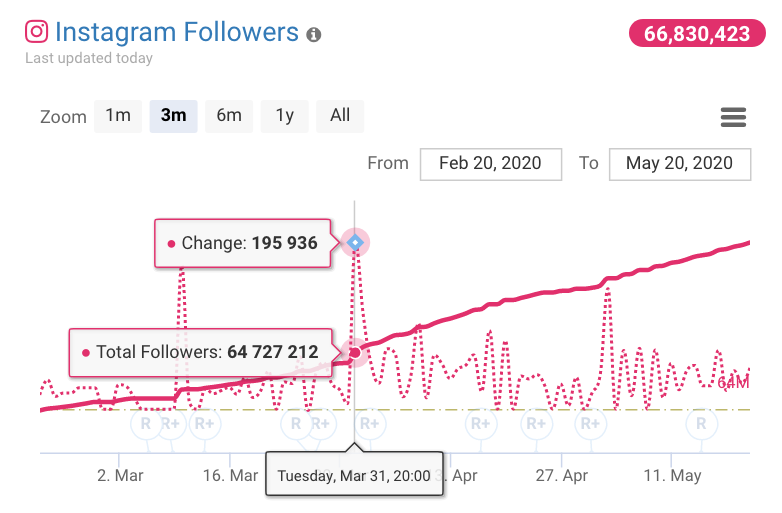
It should be noted that even for big stars like Canadian rapper Drake (66M Instagram followers), live stream guest appearances can make an immediate impact on their own channels. Drake’s March 31 appearance on Lanez’ Quarantine Radio proved to bring him more than 195K new IG followers, and what appears to be a higher rate of follower gain for nearly a month after the event. This single day increase was bigger than when his “Oprah’s Bank Account” release with Lil Yachty and DaBaby on March 8 fueled a 168K Instagram follower uptick.
Metallica vs. Iron Maiden
Lest you think live streaming is just for the young ones, it’s just as much for the young once. American heavy metal paragons Metallica and their British counterparts Iron Maiden may not be what one thinks of when it comes to artists pushing the edges of music technology, but the former have never been a stranger to following digital trends.
Metallica drummer Lars Ulrich has always faced tech head-on: whether he be its best friend or worst enemy. In Napster’s early days, Ulrich was one of its fiercest adversaries, arguing that peer-to-peer sharing of free mp3 music files on the platform was against artists’ rights. In 2017, Ulrich took up podcasting with Apple Music’s “It’s Electric,” where he interviewed musical greats like Dave Grohl, Tom Morello, and Billy Corgan.
Today, Ulrich continues to spearhead the group’s familiarity with tech, mostly through #MetallicaMondays, a series that started on YouTube and Facebook on March 24. For these consistent live streams, Metallica re-air some of their best recorded performances from Paris, Munich, London, and more. Often, a member of the band pops in to say hello to the live group chat, but otherwise, it’s a relatively hands-off affair. The live stream’s success presumably led to SiriusXM’s “Mandatory Metallica” series, which is essentially the same format and occurs on 30 “virtual” tour dates but with an exclusive at-home Welcome Home DJ session from Ulrich.
Metallica’s embrace of live streaming seems to be paying off, with a 2.5x increase in YouTube subscriber gain in the 42 days afterwards. In contrast, Iron Maiden had nearly similar levels (only 1.25x gain). While there are always other factors involved, it seems fair to say that live streaming increased subscriber engagement for Ulrich and company.
Comparing Metallica’s YouTube subscribers with Iron Maiden’s, you’d be surprised to not see much of a difference at first glance — especially because the latter have been relatively quiet on the live streaming front. Since both acts are making steady gains throughout this time period, it’s normal to see both lines increasing from bottom left to top right. But focusing on the space immediately after Day Zero (when they begin their live streaming activity), you definitely notice a lift in Metallica’s YouTube subscriber count, which is where #MetallicaMondays is more active. The lift seems to last a little more than a week (nine days), before resuming its natural trend upward.
Interesting side note: Iron Maiden’s “stepped” trend upward is due to YouTube’s September 2019 change in the way they publicly display channel subscriber counts. While Metallica’s count is indeed under the same rounding practice, Iron Maiden’s lower count increases more slowly, making the rounding more obvious. Note the “steps” do not shorten significantly, meaning their rate of increase stayed relatively linear.
While subscriber count is important for long-term fans, YouTube Video Views, which include User-Generated Content (UGC), are important for YouTube ad revenue. Interestingly, Metallica’s content seemed to experience an overall drop (around Day 25) after they began live streaming in earnest.
While this drop could be for several reasons, what may be worth investigating is the cannibalization these very active live streams might introduce. If their fans’ habits change because they’re anticipating “attending” the live streams to hang out with other fans and feel like they’re a part of something more communal, that may decrease their individual video consumption. Whether that’s a net gain or loss financially is a royalties and advertising game, but it shouldn’t paint live streaming in a negative light if it’s encouraging overall engagement.
H.E.R. vs. SZA
H.E.R., aka Gabriella Wilson, is a singular voice in contemporary R&B. At just 22 years old, Wilson has already been nominated for 10 Grammys, winning two in 2019, including Best R&B Performance and Best R&B Album.
Having come up through Radio Disney’s Next Big Thing broadcast contest at the age of 12, Wilson has never been a stranger to live performance — but she has also never been a stranger to digital performance. So, her transition to live streaming was as fluid as her voice.
On April 6, Wilson launched Girls With Guitars, a live stream series that combines live H.E.R. performances with casual, heartfelt conversation, in addition to fan requests, covers, and guest performances. As she describes it, it’s all about “girls who are passionate about music and guitars.”
SZA, who has been nominated for nine Grammy Awards throughout her equally young professional career, is decidedly more hip-hop and neo soul, but that alt-R&B flair is still there. While SZA, born Solána Imani Rowe on Nov. 8, 1990, hasn’t taken to the live stream trend quite as actively as H.E.R. has, that doesn’t mean she hasn’t been digitally present.
SZA was a featured artist on Childish Gambino’s Donald Glover Presents album, which dropped on March 15. She also participated in the JERSEY4JERSEY benefit show five weeks later and has been doing one-off appearances on Instagram Live since then, from Lizzo’s meditation and self-care session on April 23 to Bibi Bourelly’s Society Sessions on April 25.
Relatively speaking, H.E.R.’s live stream consistency and SZA’s one-off digital appearances seem to be generating linear growth for both artists’ Instagram followings, indicating a slight benefit (if attributable at all) for H.E.R. from Day 2 to Day 3 after starting her live stream series. It mostly seems to maintain the steady influx of followers that she already had prior to live streaming.
There does appear to be a slight lift that happens for SZA around Day 18 (April 24) when she featured on Lizzo’s and Bibi Bourelly’s live streams.
Relatively speaking, at least for these two artists, it seems as though having individual guest appearances on other artists’ live streams gave the bigger boon to audience growth. Or maybe, SZA’s entrance into live streaming just reoriented her follower growth to a trajectory more akin to H.E.R.’s.
Diplo vs. DJ Snake
Diplo is arguably EDM’s most mischievous producer. He’s also a third of Major Lazer and a former Philadelphia school teacher from Mississippi. With his ever-on social media presence, Diplo, born Thomas Wesley Pentz, was one of the first to embrace live digital performance by kicking things off in mid-March with Secular Sabbath on their Corona Sabbath live stream series. The series features the duo performing with other notable acts from what appears to be Diplo’s living room.
But Diplo hasn’t stopped there. He’s done everything from A Very Lazer Sunday to The Thomas Wesley Show to Coronight Fever to guest appearances on other artists’ live streams, including Charli XCX’s Instagram Live series and Miley Cyrus’ Bright Minded Instagram Live stream. And in true Diplo fashion, starting March 25, he branded his daily live streams on Instagram, Twitch, and YouTube as Corona World Tour (Live From Lazer Sound Studios).
Algerian-French producer DJ Snake, on the other hand, hasn’t embraced the live streaming trend quite as openly as peer and frequent collaborator Diplo. Instead, Snake, born William Sami Étienne Grigahcine in Paris, skirts around the digital live performance space, teasing a Skrillex collaboration on Instagram Live at the end of March and releasing coronavirus-related remixes and music videos on YouTube in mid-March and April.
Looking at YouTube first, one of the platforms where Diplo simulcasts, his slight drop in YouTube subscriber gain ignores his efforts. He gained just about as many subscribers (60K) in the 52 days after he started streaming as before, while DJ Snake also did about the same numbers. But to quote Diplo himself in his April 4 live stream with Dillion Francis, “No one looks at my YouTube. My numbers are down, but we’re gonna come back in the third quarter, though!” So maybe looking at Instagram, we can help understand the bigger picture.
Ultimately, the effect on each artist’s Instagram following is complicated. For Diplo, his follower trends are generally, if slightly erratically, trending upward from 50 days before he started live streaming to 50 days after he started live streaming. However, he does seem to experience his strongest uptick in Instagram followers immediately after he starts Corona Sabbath on March 14. Following that, Diplo’s follower growth kind of tapers off, maybe as a result of him hitting a saturation point given his daily digital presence as well as the increasing competition from other artists turning to streaming as the quarantine lengthens.
Luckily for DJ Snake, who has yet to embrace consistent live streaming on his own artist channels, less is more. Up to 25 days before Diplo started live streaming, Snake was seeing a general climb in his Instagram followers — a climb that consistently increased as Diplo’s growth started to taper off during the 12-50 days after his first live stream date.
Charli XCX vs. Miley Cyrus
If there are two pop stars that have really taken the live streaming trend to heart, those pop stars are Charli XCX and Miley Cyrus. Similar to how we did with Jill Scott and Erykah Badu, let’s compare when two similar artists both embrace the medium — this time on a continual basis.
Charli’s “self-isolating” Instagram live stream show series, which launched on March 18, is “aimed at providing support to those currently self-isolating due to the pandemic.” Her very interactive, feedback-welcome approach is quite a breath of fresh air for the genre, with a live stream schedule looking like a syllabus: “Vocal coaching session” with Tove Lo, “Personal training session” with Diplo, “Girl’s Night In” with Rita Ora, “Art class” with Clairo. Her weekly Zoom panels with journalists, celebrity friends, and superfans are also a lesson in artistic pioneering.
Miley Cyrus’daily Bright MindedInstagram and YouTube live stream series also launched on March 18, and it’s definitely making use of her Hannah Montana TV background. The series features the rigor of television practices, including an original opening credit theme song, a laptop teleprompter, and animated title cards. Conversations about self-care, staying positive, and caring for others mix with fun segments like the quarantine self hair cut trend and featured guests like Demi Lovato, Amy Schumer, Hailey Bieber, Rita Ora, Jeremy Scott, and Ellen DeGeneres.
For context, Charli’s Instagram account has actually been on a bit of a downward trend since mid-January 2020, losing a few hundred followers per day until about mid-February. You can see she had a net loss of 4K followers in the 48 days prior to streaming, compared to her 26K gain afterwards. Cyrus also increases her IG fan base, clearly on another level in the seven digits. Having said that, it would seem that Charli XCX’s live stream savvy has won her an impressive turnaround within this time period.
Trend-wise, Charli XCX’s Instagram follower count increased after her live streaming started, but that trend burns more slowly than Metallica’s more immediate jump in YouTube subscribers. Her dual-platform approach with Zoom calls may have dulled her ability to grow her Instagram following, but Charli XCX’s daily growth has regularly been in the thousands since early May, very likely related to the much-anticipated May 15 release of her how i’m feeling now quarantine album, which she’s been creating openly with the help of her fans’ feedback on these very live streams.
You’d think we’d find Cyrus’ Instagram follower count showing more of an uptick, considering her level of fame, the disciplined approach she’s taken to her show, and her focus on Instagram as her primary platform. But the mathematical truth is her fame is so huge, it’s hard to see much of anything, even after normalizing for trends.
While Charli XCX’s Instagram follower count is a healthy 3.6 million strong, Miley Cyrus’ is roughly 30x as big at 108 million, rendering any kind of trend virtually impossible to observe. It’s a bit like trying to find a needle in a haystack: It doesn’t mean it’s not there, it’s just hidden within the five-figure daily growth Cyrus has been experiencing since at least 2016. Translate that dynamic to graphs, and that’s why you see essentially a straight line from the bottom left to the top right.
To Stream or Not to Stream
The follow-on effects of the coronavirus pandemic — namely, encouraged or enforced quarantine measures — have reverberated throughout the music industry and across all constituency groups, from consumers to creators and everyone in between. And from the few case studies we’ve been able to analyze, it seems that live streaming can only help an artist’s career, whether that’s through their own channels or through other artists’ channels. With all the extra time artists now have to be creative, it’s clear that live streaming isn’t a waste of time when it comes to artists looking to engage with their audiences.
Anyone previously skeptical about digitization touching every aspect of the music business has likely become a forced convert within the last couple of months … artists included. But there’s a major qualification we should make when it comes to the live sector: The live experience isn’t going anywhere.
It’s not that live streams will replace concerts and shows anytime soon; rather, the live experience will likely become further augmented and perhaps even enriched by the digital experience. The immediacy of a hot, packed room or the synchronized stomping of thousands in an open field is not to be ignored. But Facebook’s global live stream reach, Twitch’s recent meteoric rise to music industry fame, and even artists’ application of business conference tool Zoom are not to be ignored either.
The live experience is simply expanding, and for the music industry, that means understanding how artists can maintain the same sense of mutual engagement they get from concerts while leveraging their digital success when the time comes to hop back on stage.




















